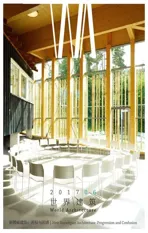富鲁塞特图书馆和活动中心,奥斯陆,挪威
2017-07-12建筑设计Rodeo建筑师事务所
建筑设计:Rodeo建筑师事务所
富鲁塞特图书馆和活动中心,奥斯陆,挪威
建筑设计:Rodeo建筑师事务所
Rodeo建筑事务所是由建筑师、规划师和社会科学家组成的事务所。凭借这种跨学科的方式,事务所被奥斯陆文化事务署和阿尔纳区政府选中,为富鲁塞特图书馆的新扩建提出概念。这座图书馆和社区中心位于格罗鲁德谷中的阿尔纳区——奥斯陆社会经济最多元化的区域之一。
无论单户家庭、桥梁还是办公建筑,Rodeo建筑事务所都会探索并重视项目的社区问题。这种社区视角是策划和维护文化舞台最重要的一个方面。富鲁塞特图书馆暨活动中心(FUBIAK)通过低成本的翻修将图书馆改造为奥斯陆最受欢迎的地方文化机构。项目的最初目的是将多种市级公共活动汇于一地。这一过程的大部分都集中在让潜在的用户群体来参与,让他们聚集到有限的区域中,为中心创造共同的愿景。这就是FUBIAK的优势:设计的过程不仅关注物质形式,还分析社会问题和政治管理目标。多元化群体的需求合理地同实用功能与休闲娱乐结合在一起。FUBIAK大受欢迎,这表明建筑无法简化为纯粹的形式,而是在成为一种社会与政治的过程时才最有效力。
FUBIAK在两层共1500m2的空间中包括图书馆、青年俱乐部、研习中心、志愿服务、剧场、录音工作室、会议室、厨房和咖啡厅。这座中心包含了从地方政治会议到有组织的社工辅导、舞蹈排练和嘻哈表演等多项功能。
该项目将1990年代平凡的办公建筑改造成活动中心,让多种功能和用户群相互融合,创造出格罗鲁德谷重要的非商业集会空间以及学习整合的平台。FUBIAK于2016年3月向公众开放。(尚晋 译)
项目信息/Credits and Data
客户/Client: Etasbygg AS, District of Alna and Agency for Cultural Affairs Oslo
地点/Location: Trygve Lies plass 1, Furuset, Oslo, Norway设计团队/Design Team: Ivar Lyngner, Jørn Are Vigestad Berge, Christian Birkeli-Gauss, Kenneth Dahlgren
建筑面积/Floor Area: 1500m2
造价/Cost: 16,000,000 NOK(不含税/ex VAT, 2015)
设计时间/Design Period: 2013-2015
建成时间/Completion Time: 2016.03
摄影/Photos: Marco Heyda (fig.1,10,11), Carsten Aniksdal (fig.2,3), Sverre Chr. Jarild(fig.6,8,9,12,13)
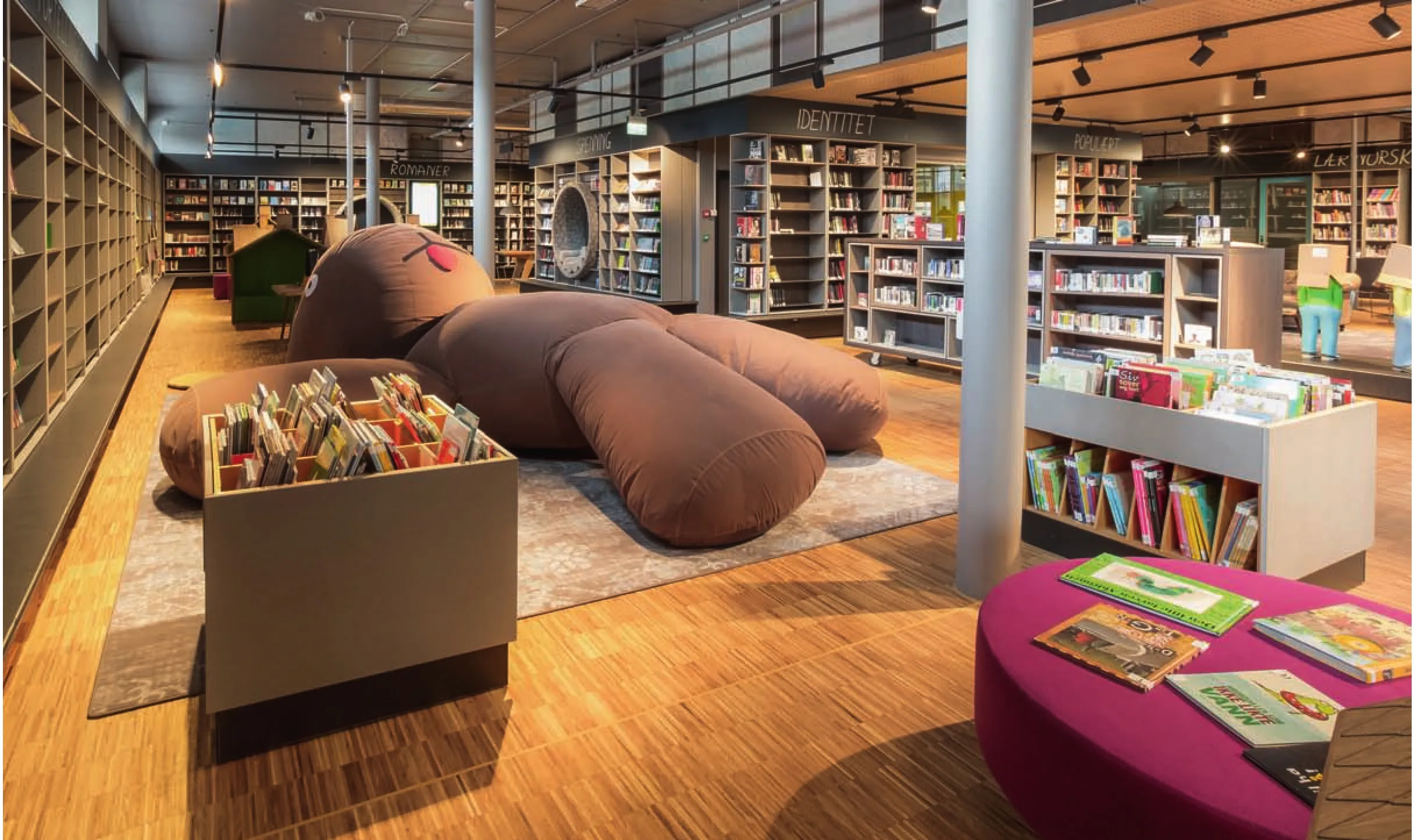
1 内景/Interior view
Rodeo Architects is a practice consisting of architects, urbanists, and social scientists. Based on this interdisciplinary approach the office was selected by the Oslo Agency for Cultural Affairs and District of Alna to develop a concept for a new extended library at Furuset. The library and community centre is located in the district of Alna in Groruddalen, one of the most socio-economically diverse areas of Oslo.
Whether it is a single-family house, a bridge or an office building, Rodeo Architects always look for and focus on the communal dimension to a project. This community perspective is one of the most important aspects of planning and maintaining a cultural arena. Furuset Library and Activity Centre, FUBIAK, was a low-cost refurbishment that has turned the library into one of the most visited local cultural institutions in Oslo. The initial aim of the project was to collect a number of municipal public activities under one roof. A significant part of the process centred on involving prospective user groups, preparing them for cohabitation on a limited area, and establishing a common vision for the centre. This is FUBIAK's strength: the design process was not just one of physical form, but also one of analysis of social issues and political-administrative intents, where the needs of a diverse set of groups were causally connected to a physical program and amenities. The popularity of FUBIAK is indicative of how architecture cannot be diminished to pure form, but is at its most potential when conceived of as a social as well as a political process.
FUBIAK consists of 1500 square metres of library, youth club, learning centre, voluntary services, a theatre, recording studio, meeting rooms, kitchen and café, on two levels. The centre houses everything from local political meetings to organised homework tutoring, dance recitals, and hip-hop performances.
The project has transformed a mediocre 1990s office building into an activity centre where a variety of programs and user groups are set to intermingle, creating an important non-commercial meeting place and platform for learning and integration in Groruddalen. FUBIAK was opened to the public in March 2016.
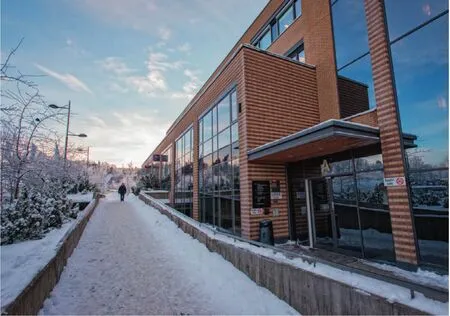
2 外景/Exterior view
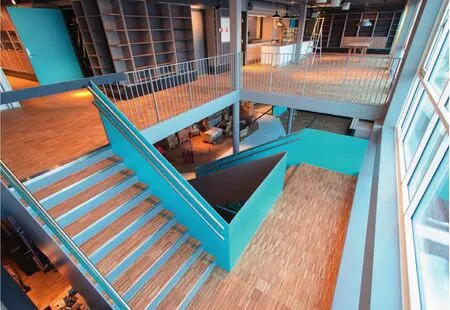
3 内景/Interior view
评论
王韬:挪威建筑中的社会性是与巨大室外广告般的消费社会建筑形象完全不同的取向,保有现代主义之初的社会理想。如同Rodeo事务所宣称,这个项目中重要的不是建筑形式问题,而是建筑如何影响社会和政治过程。他们通过一个旧建筑改造项目,将尽可能多的社区活动和不同的群体容纳在一个共同空间之中,为社区提供了一个巨大的公共容器,使不同的人群在这里既各得其所,又能相互碰撞。建筑在这里成为了社区价值而非经济冲动的具象呈现,谁说当下建筑已经失去了其社会抱负?
贾冬婷:社区文化中心需要满足各个年龄和阶层人群的多种功能需求。难点在于,一方面要将某类人群的某种功能限定在特定空间里,形成聚集性和归属感,另一方面,还要保证人群的自由选择和活动转换。建筑师很好地实现了这两者间的平衡。除几个玻璃围合的小型会议室之外,整个社区中心几乎没有封闭空间,最大程度上使自由选择成为可能。一定程度上的功能限定则采用弹性手法,比如阅读区等静态区域,采用半围合空间、中性色调;而集会、游乐等动态区域,则采用更明快的配色、更夸张的造型来引导人群聚合。
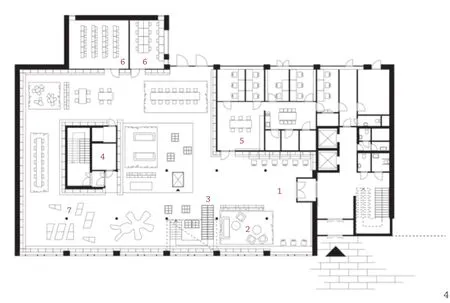
4 首层平面/Ground floor plan

5 二层平面/1st floor plan1-门厅和阅读室/Foyer and reading2-报刊角/Newspaper corner3-楼梯和电梯/Stair and elevator4-集体空间/Group space5-行政/Administration6-教学/多功能/Teaching/Multi-use7-阅读洞穴/Reading caves8-公用空间/Communal space9-电影中心/Cinematheke10-咖啡厅/Café11-厨房/Kitchen12-舞蹈工作室/Dance studio13-音乐工作室/Music studio14-游戏室/Gaming room
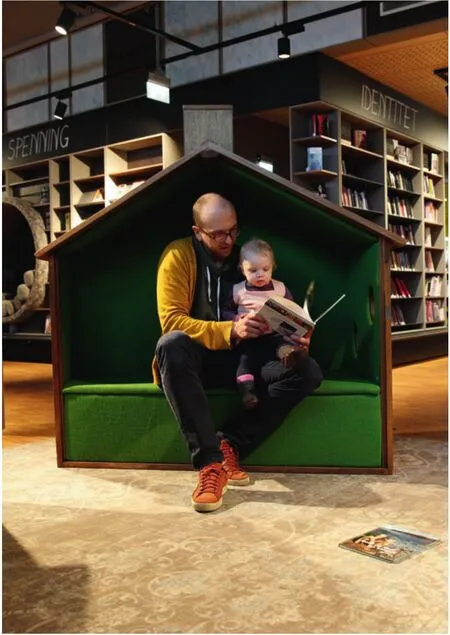
6 使用者与室内空间/Users and the interior
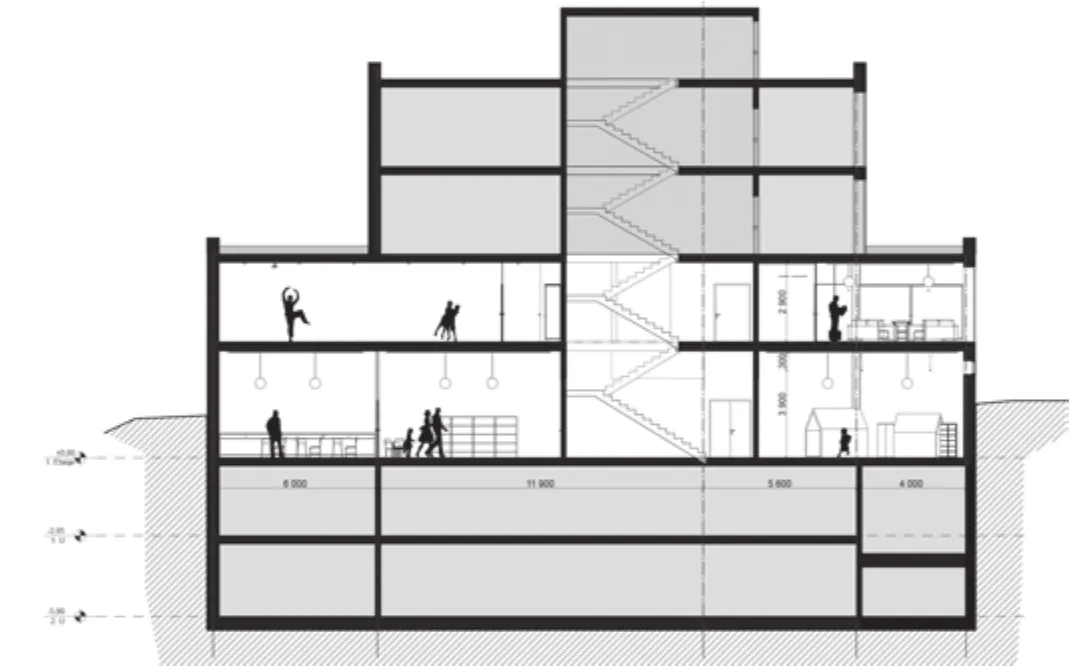
7 剖面/Section
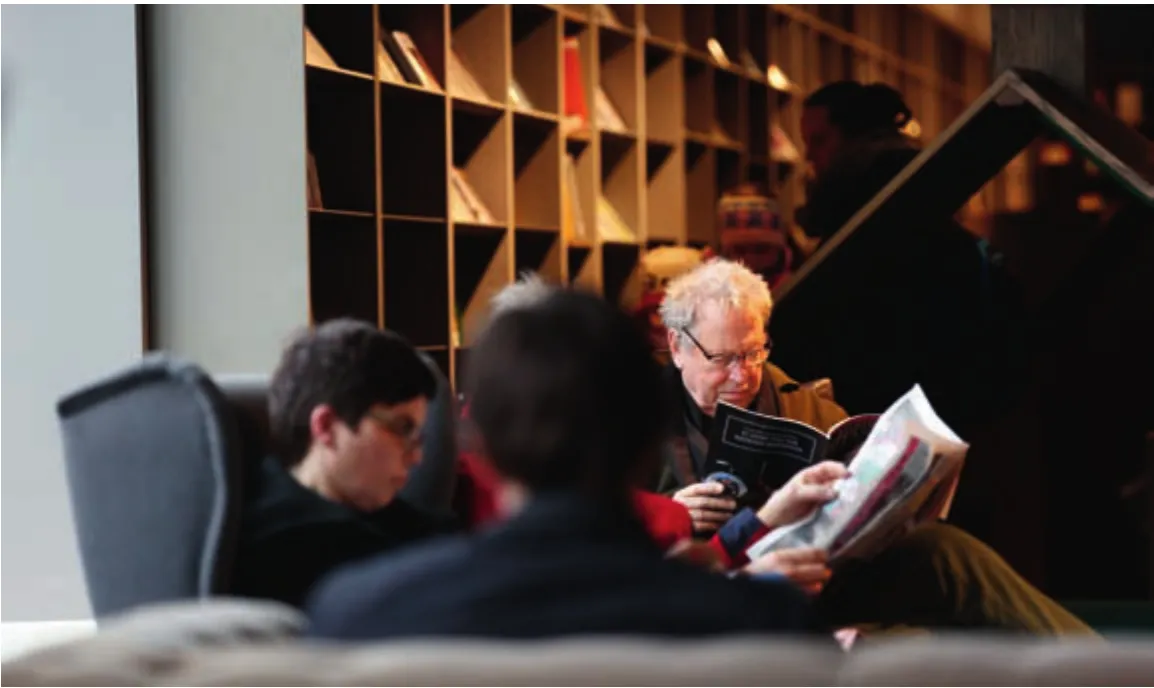
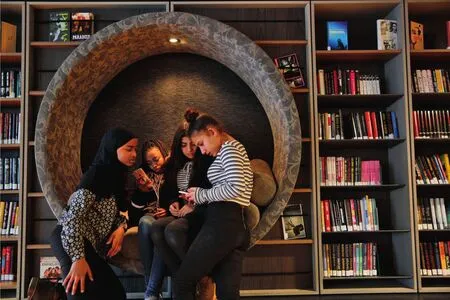
8.9 使用者与室内空间/Users and the interior

10 内景/Interior view
Comment
WANG Tao: The sociality of the architecture in Norway is a totally different tendency from the architectural image in consumer society like huge outdoor advertising. It contains the social ideals from the beginning of modernism. As Rodeo Architects claims: it's not the architectural form, but how architecture affects social and political processes that matters. Through an old building renovation project, they accommodated as much as possible community activities and different social groups in one common space, and provided a huge public container for the community, so that different people here can find their own place and interact with each other in the same time. Architecture has become a representation of the value of community rather than the economic impulse. Who said that architecture today has lost its social aspirations? (Translated by CHEN Yuxiao)
JIA Dongting: A community cultural centre is expected to meet the needs of people of all ages and from every walk of life with different functions. On the one hand, the centre needs to serve as a particular space with a specific function for certain people, creating a sense of group identity and belonging. On the other hand, it is also required to offer visitors the flexibility to choose their preferred spaces for different activities. The architects have struck a perfect balance between these two. Apart from a few small glass-walled meeting rooms, the entire community centre merely retains enclosed spaces, which maximises the flexibility for visitors. Flexible solutions are employed in the division of functional areas: static areas, including the reading area, are semi-closed spaces with a neutral colour; whilst dynamic spaces, such as the meeting or recreation area, feature a bold design with a brighter colour in order to lead people to gather together. (Translated by Dandan Wang)
Furuset Library and Activity Centre (FUBIAK), Oslo, Norway, 2016
Architects: Rodeo Architects
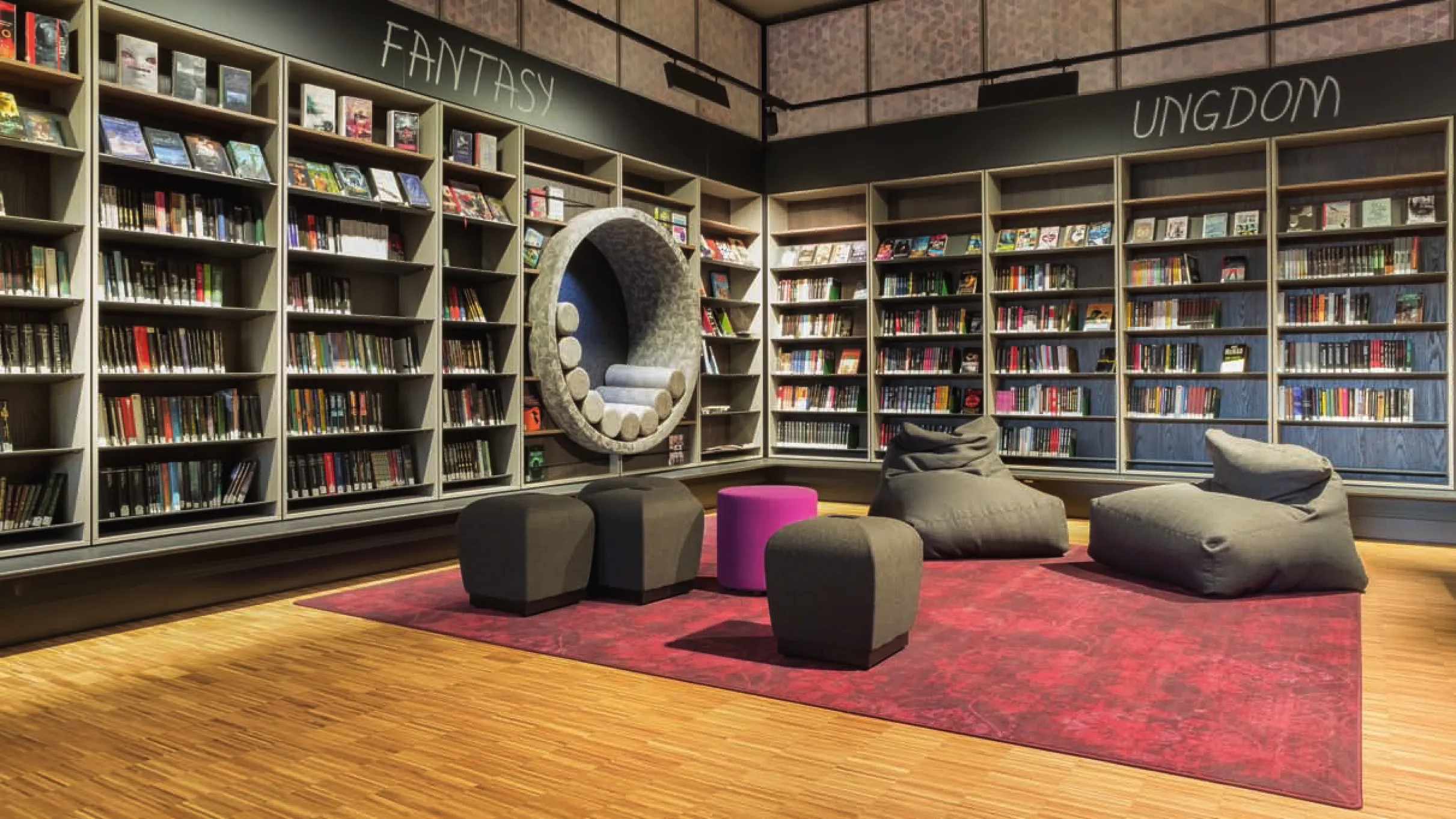
11 内景/Interior view
